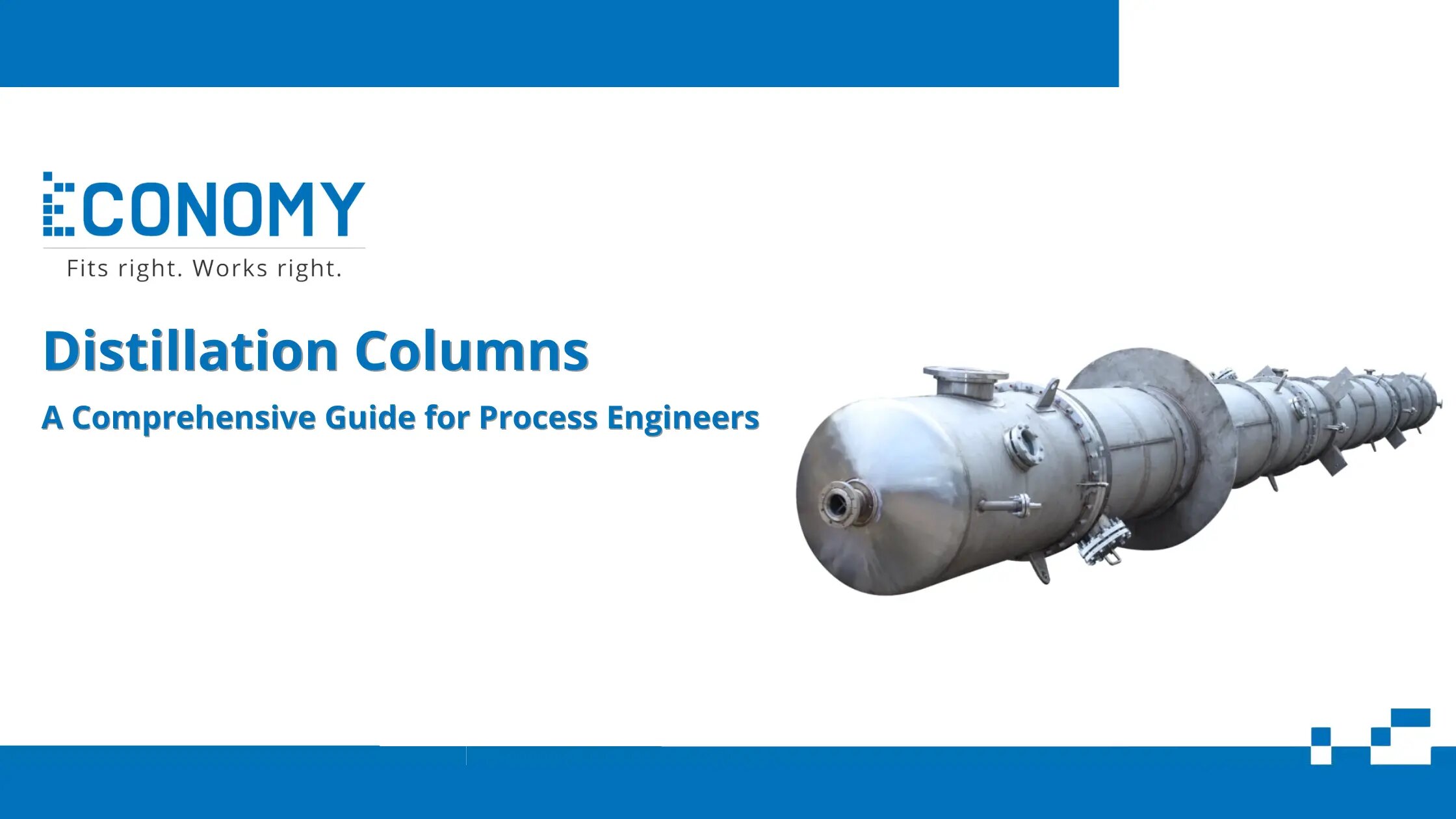Distillation Column Design Best Practices
When designing a distillation column, it is essential to integrate best practices to ensure efficiency and reliability. Engineers must begin with a clear understanding of the separation requirements, including the components to be separated and the desired purity levels. This information guides the selection of suitable column types and internals. Utilizing process simulation tools is critical, as these can provide insights into phase equilibria and energy demands.
Choosing the right tray or packing material is essential, as it directly impacts pressure drop and mass transfer efficiency. Engineers should consider factors like the feed composition, operating pressure, and temperature ranges. Energy efficiency should be a priority; hence, integrating energy-saving methods such as heat integration and advanced control systems can significantly reduce operational costs. Flexibility in design can accommodate variations in feed quality and throughput, ensuring that the column remains effective under different operating conditions.
Safety is another cornerstone, necessitating considerations for pressure relief, adequate instrumentation, and potential hazards in the design phase. The mechanical design must account for thermal expansion, material selection, and corrosion resistance, ensuring longevity. It is also recommended to involve multidisciplinary teams early in the design process, facilitating a holistic approach that considers all facets of the distillation operation. Meticulous documentation and validation of design assumptions enhance reliability and performance outcomes.
Process Information Needed For Design
Designing a distillation column requires detailed process information to ensure its efficiency and effectiveness in separating components. First, the composition and properties of the feed mixture, such as boiling points, volatility, and chemical stability, are critical. Understanding these characteristics helps in selecting suitable operating conditions and materials for construction. The desired purity levels for the distillate and bottoms products are essential to define the separation task.
Temperature and pressure conditions at which the system should operate need to be clearly specified, as they influence the selection of equipment materials and the column’s design itself. Furthermore, the column’s capacity in terms of feed flow rate must be determined to ensure it can handle the intended throughput efficiently. For a more refined design, it is also beneficial to have thermodynamic data, such as phase equilibrium and enthalpy-concentration relationships.
This information aids in performing simulations to predict separation performance under different conditions, enabling optimal design decisions. Additionally, potential contaminants or impurities should be identified early on, as they may affect the distillation process and equipment choice. Lastly, safety considerations, including potential hazards associated with the substances handled, must be integrated into the design process. Collectively, this process information is critical in developing a distillation column that meets the operational demands while ensuring economic and safety standards.
Trade-Off Decisions To Arrive At An Optimal Design
In designing a distillation column, process engineers must navigate a complex web of trade-offs to arrive at an optimal configuration that balances performance, cost, and operational efficiency. The primary challenge lies in aligning the column’s capacity and separation efficiency with the economic constraints and specific requirements of the process. The choice of column diameter, for instance, impacts both the capital investment and the column’s throughput capabilities.
A larger diameter might enhance the efficiency and increase capacity, but it comes with higher costs and potential operational issues such as flooding.
Similarly, the column height, which determines the number of theoretical stages and thus the separation efficiency, must be carefully selected. A taller column can achieve better separation but at the expense of increased capital and operating costs. Material selection for the column and internals presents another area of trade-offs. More robust materials can extend the column’s lifespan and reliability, particularly in corrosive environments, but they significantly raise costs.
Lab-Scale Experiments To Gather Data
Lab-scale experiments play a crucial role in the design and optimization of distillation columns. These experiments provide valuable data that can be scaled up to inform large-scale operations. By conducting studies on a smaller scale, engineers can better understand the physical and chemical behavior of the system, identify potential challenges, and refine design parameters before full-scale implementation. Lab-scale distillation allows process engineers to analyze the separation efficiency of different components in a mixture under controlled conditions.
By adjusting variables such as temperature, pressure, and reflux ratio, they can determine the most effective operating conditions. The information gleaned from these experiments aids in the selection of column internals, such as trays or packing type, which can significantly impact the column’s performance and efficiency.
Moreover, lab-scale studies offer insights into the effects of feed composition and impurities on the distillation process. This is particularly important in ensuring the desired purity of the final product and reducing energy consumption. Experiments also help in understanding the thermodynamic properties and interaction of components, which can affect the relative volatility and separation. By simulating real process conditions on a laboratory scale, engineers can anticipate potential operational issues and propose solutions, ultimately contributing to the development of a robust and efficient distillation column design.
Distillation Column Specification Sheet
The distillation column specification sheet is a crucial document in the design and operation of a distillation unit. It serves as a detailed blueprint for both engineers and operators, encapsulating the core specifications and operational parameters that ensure the column’s functionality and efficiency. This sheet typically encompasses a broad range of data, including the dimensions of the column such as height and diameter, which are determined based on the desired separation tasks and the throughput capacity.
Additionally, the specification sheet outlines the operating pressure and temperature conditions, which are vital for the separation efficiency and energy consumption. The sheet provides information on the feed composition and the desired purity levels of the distillate and bottom products, which are critical parameters that guide the design and operational settings. Material selection for the column is included to ensure compatibility with the chemical properties of the fluids being processed, thus minimizing corrosion and wear.
Role And Responsibilities Of Process Engineers For Inspections
Process engineers play a crucial role in the inspection of distillation columns, ensuring that these vital components of chemical plants operate efficiently and safely. Their responsibilities begin with thoroughly understanding the distillation column’s design, including its purpose, operational limits, and history of performance issues. With this knowledge, process engineers are well-equipped to identify potential problems, ranging from corrosion and material degradation to scaling and inefficient separation processes.
They must collaborate closely with maintenance teams to develop comprehensive inspection protocols that encompass both visual examinations and instrument-assisted evaluations.
During inspections, process engineers must assess the condition of the internal and external components of the distillation column, including trays, packing, reboilers, and condensers. They need to verify structural integrity and ensure no leaks or blockages could compromise the column’s operation. Additionally, process engineers must evaluate the performance data, including temperature and pressure readings, to diagnose inefficiencies or malfunctions. After inspections, process engineers are responsible for compiling detailed reports that include findings, recommendations, and any necessary remediation plans.





